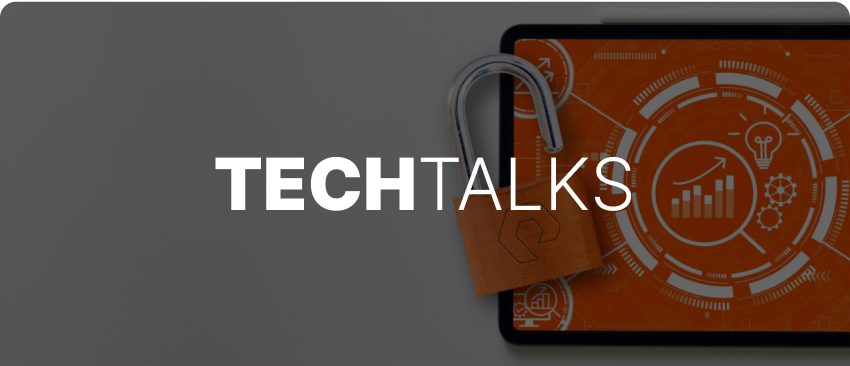Main Menu
ピュアの優位性
ソリューション
製品
サービスとサポート
関連リソース
パートナー
企業情報






